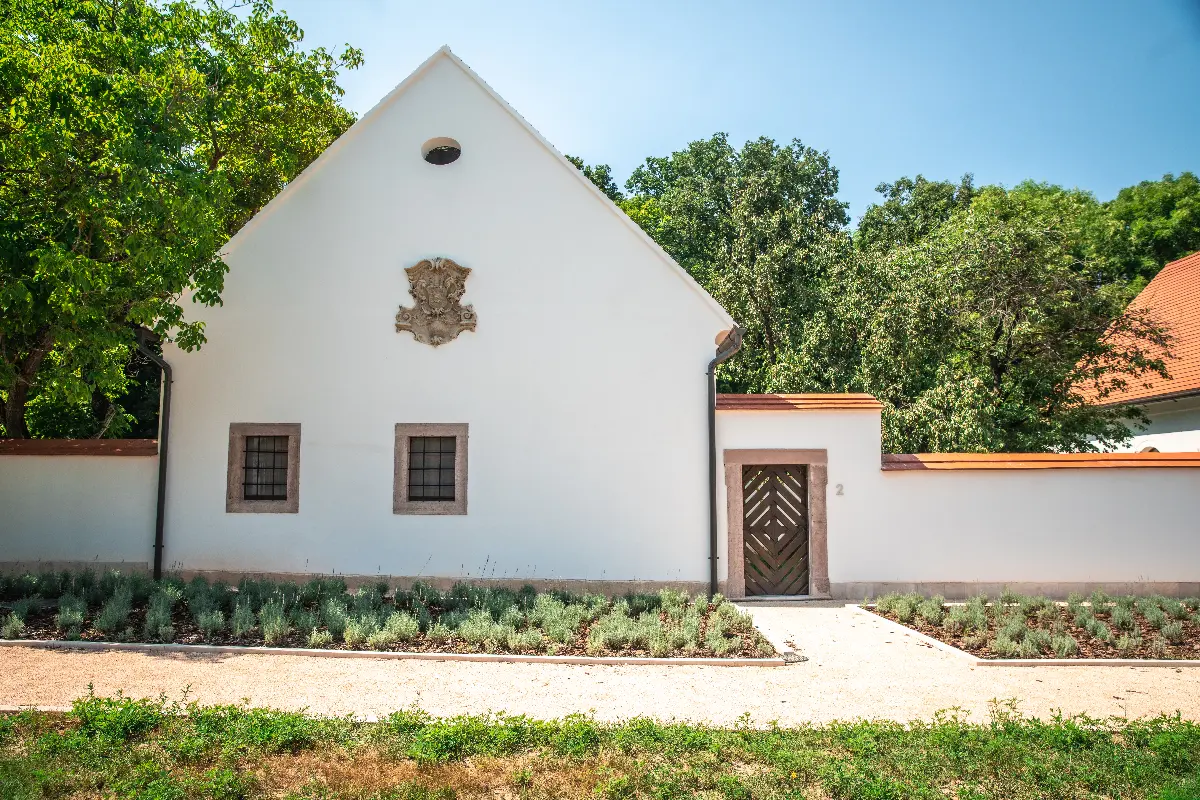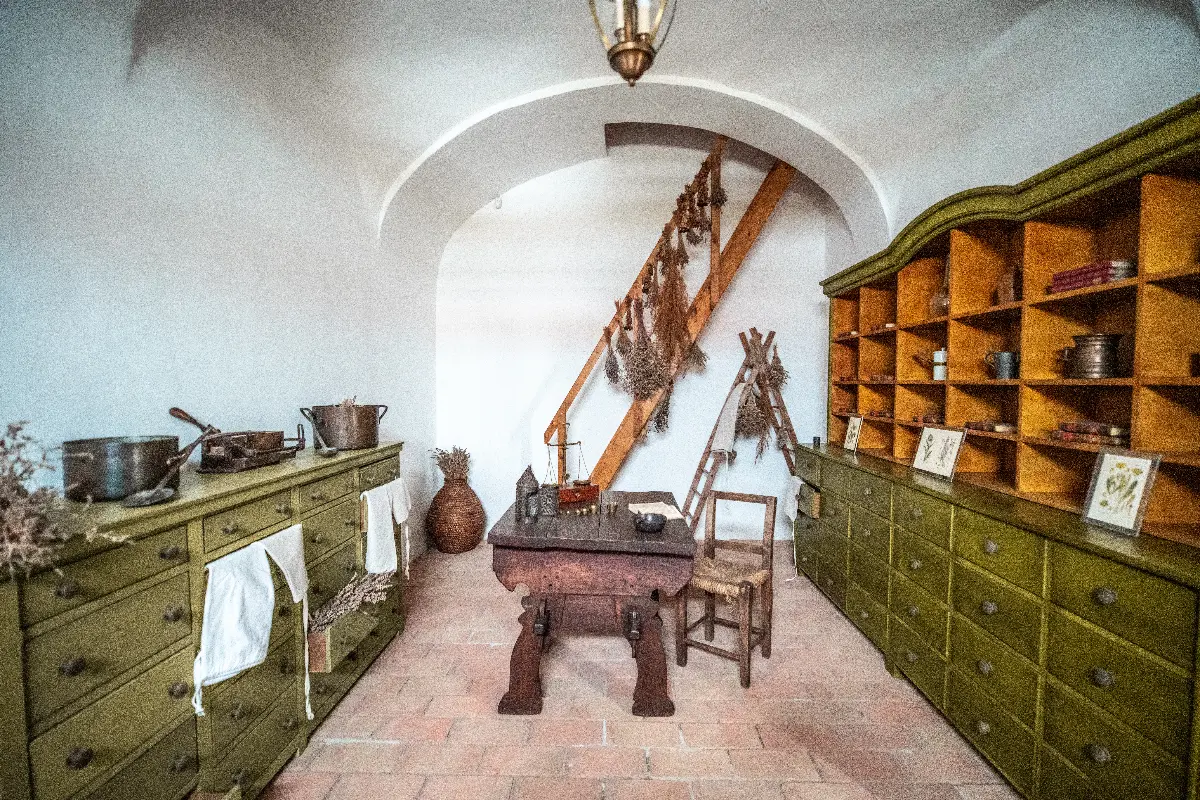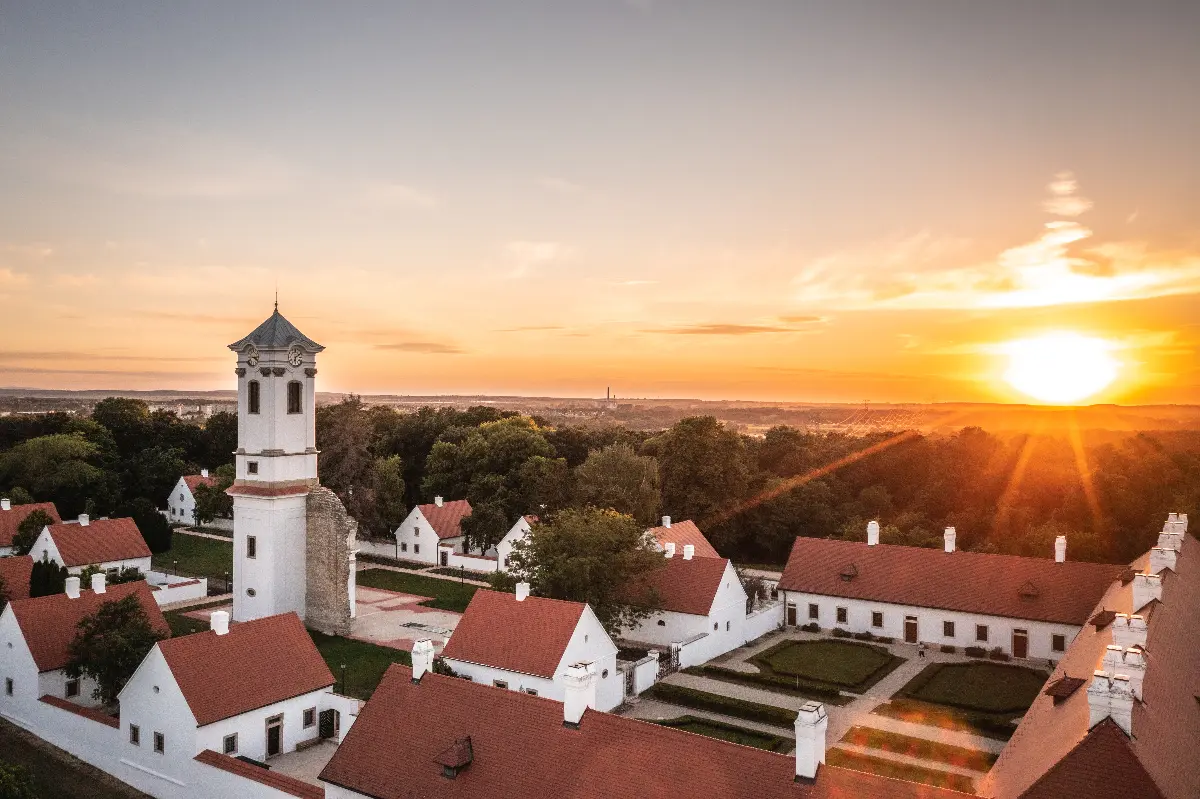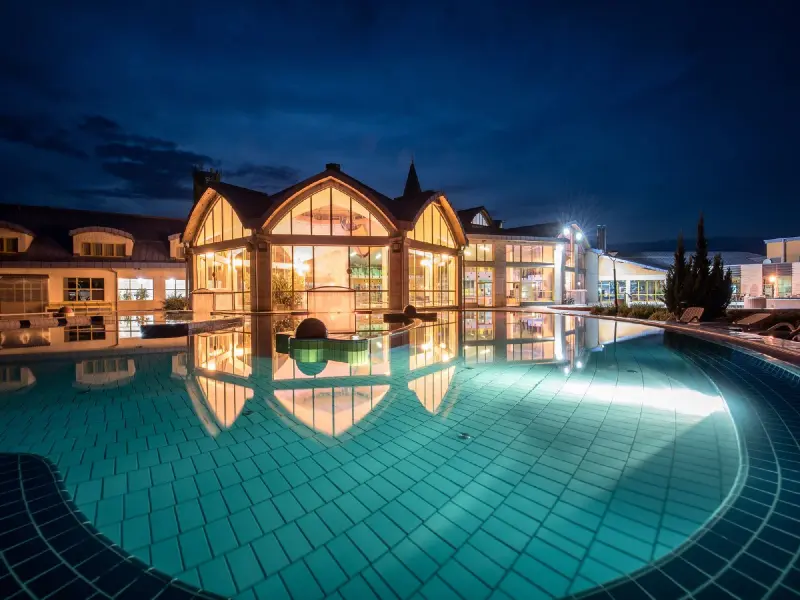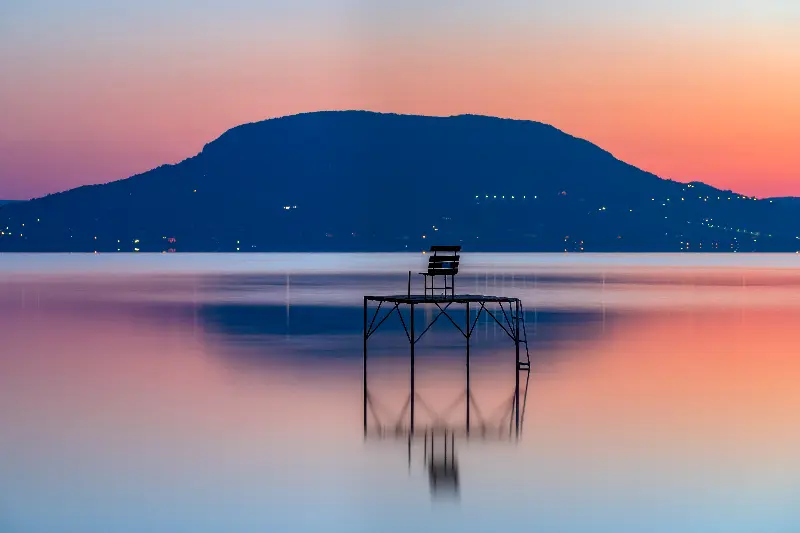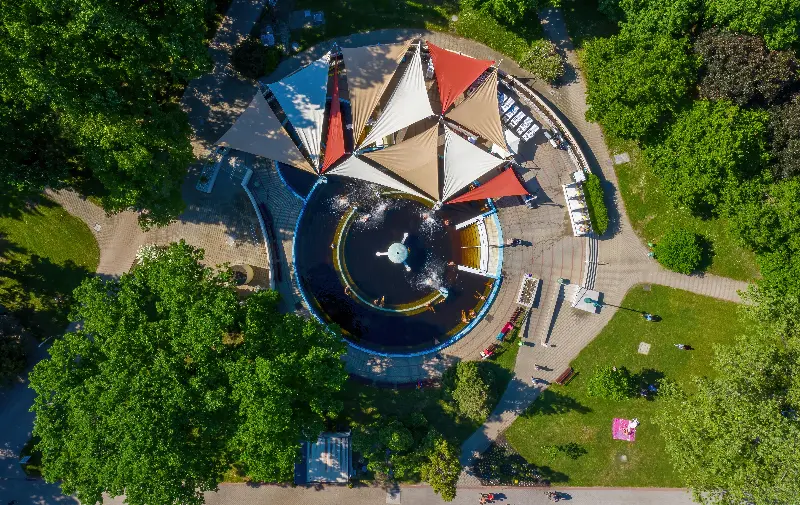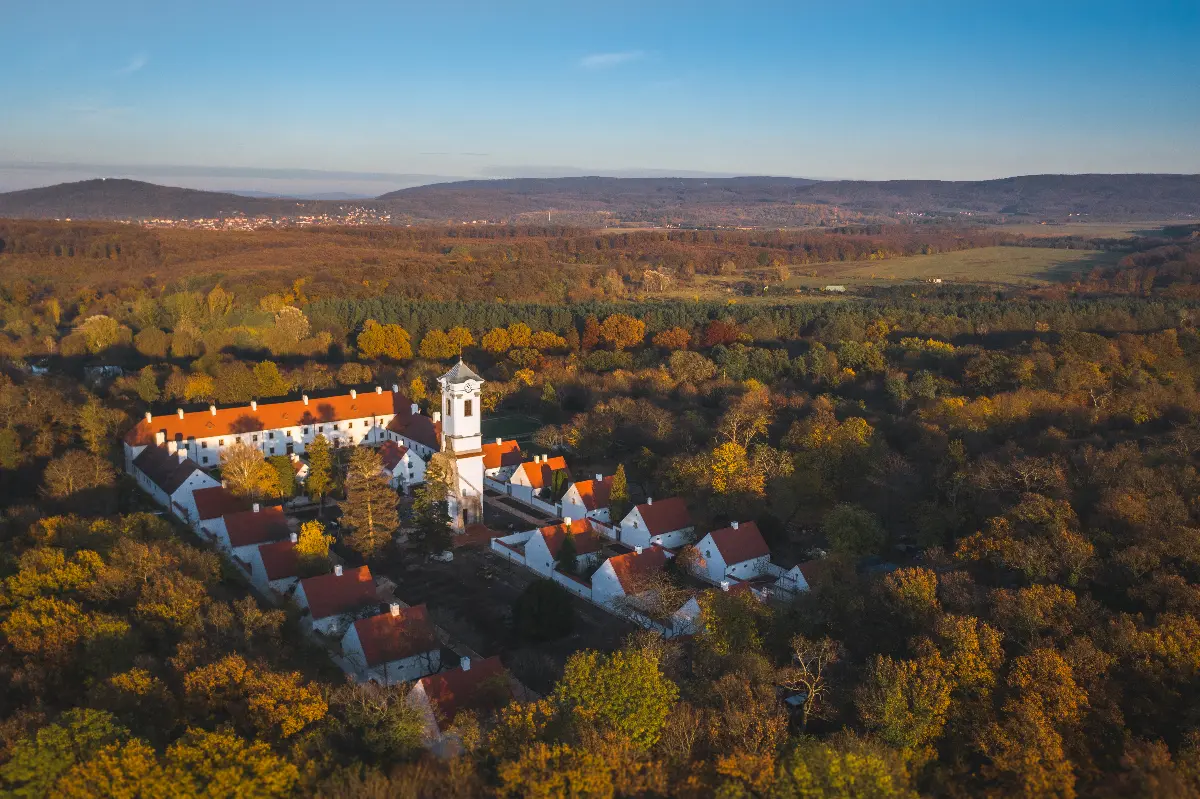
Helyszín címkék:
The secrets of the friars: 5+1 things that you hadn't known about the Hermitage of Majk
Káldi Emese
Arriving in Majk is like being dropped in a corner of France. This site is quite special, it has no equal in the country, since the religious order that build the buildings at the end of the 1700s was not a large community in Hungary. The members of the Camaldolese order formed from the Benedictines settled in a total of four locations. The friars of this order followed stricter rules and took a vow of silence. In the territory of today’s Hungary this is the only place preserving their memory.
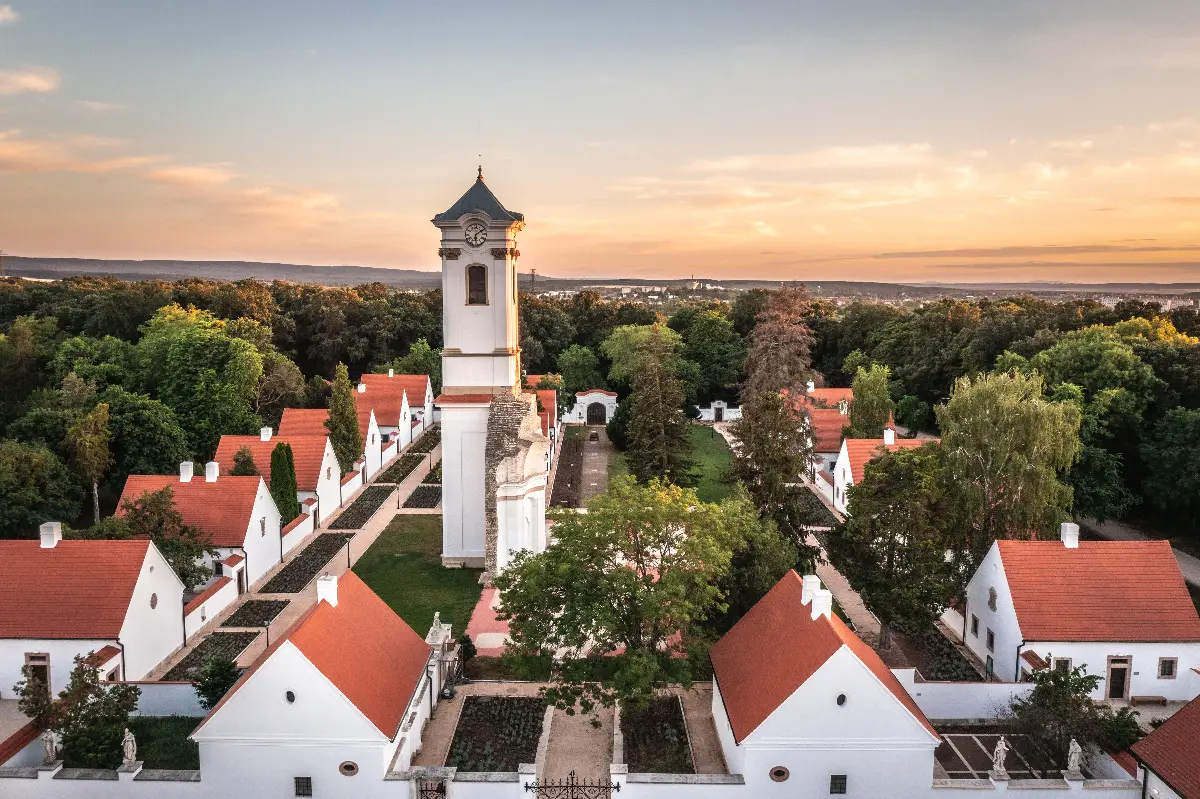
The Hermitage of Majk is quite unique not only because of the grand baroque main building – praising the genius of architect Jakab Fellner among others – which has stood for several decades, or the romantic truncated tower of the former church, but also due to the sight of the houses of monks standing side by side. The friars pledging solitude, who spent their whole day praying, meditating and gardening lived in these – the tiny gardens belonging to the houses produced all the food necessary for them. There weren’t many monks: there were about 15 friars who could talk to each other only a few times a year. Naturally, in the main building lived other members of the order who followed less strict rules; their task was pastoring the faithful of the area, and caring for the sick.
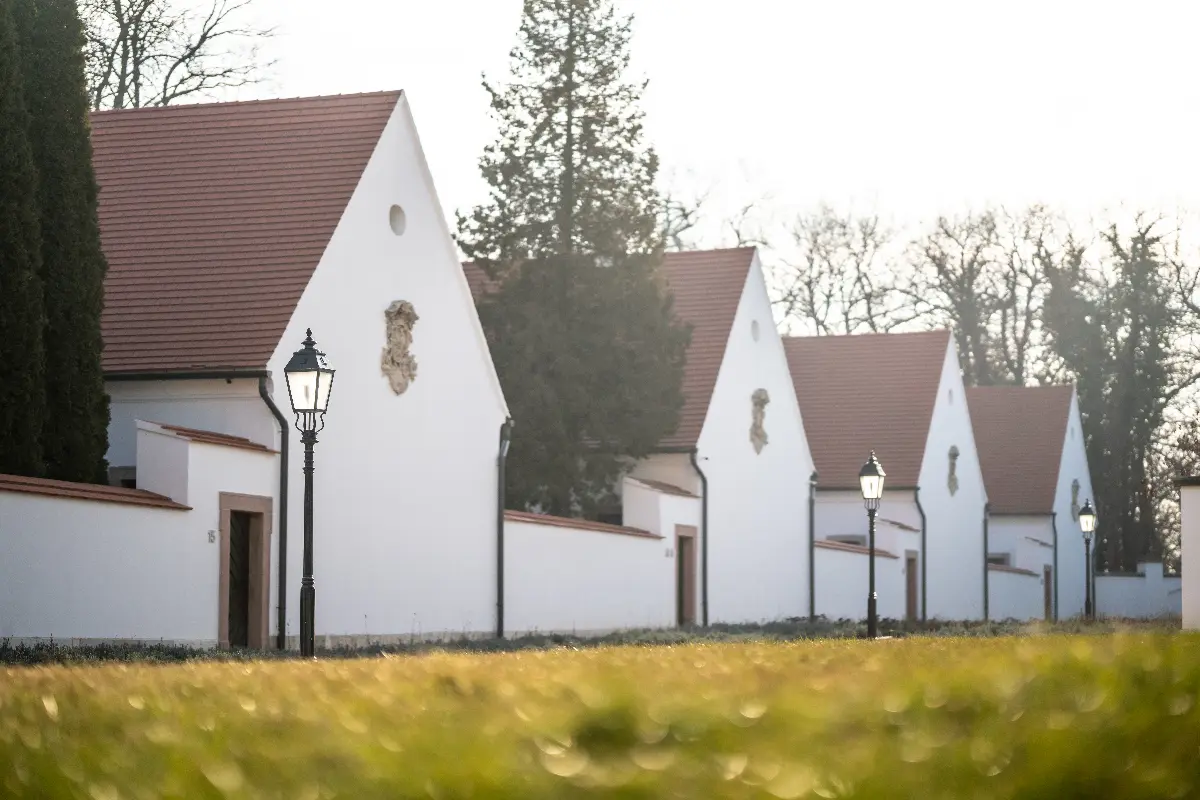
However, the Hermitage of Majk had worked according to the original plans for just over ten years. By the time Joseph II dissolved the religious orders in 1782, the institution’s walls had already been creaking and cracking in a symbolic sense. This was because the friars living on donations – according to common memory – had not fulfilled their obligations: they did not celebrate Holy Mass or teach religion to the proper degree. Therefore the Catholic Church didn’t push very hard for them when the orders were expelled from Hungary. Later on, the abandoned monastery became the property of the Esterházy family, next they used it as a summer home until the Second World War. After the turbulent decades, the Hermitage was working as an exhibition site and event space for a long time, and soon new features will be added to the former residence of silent friars: now we are going to share with you 5 1 less known things about these!
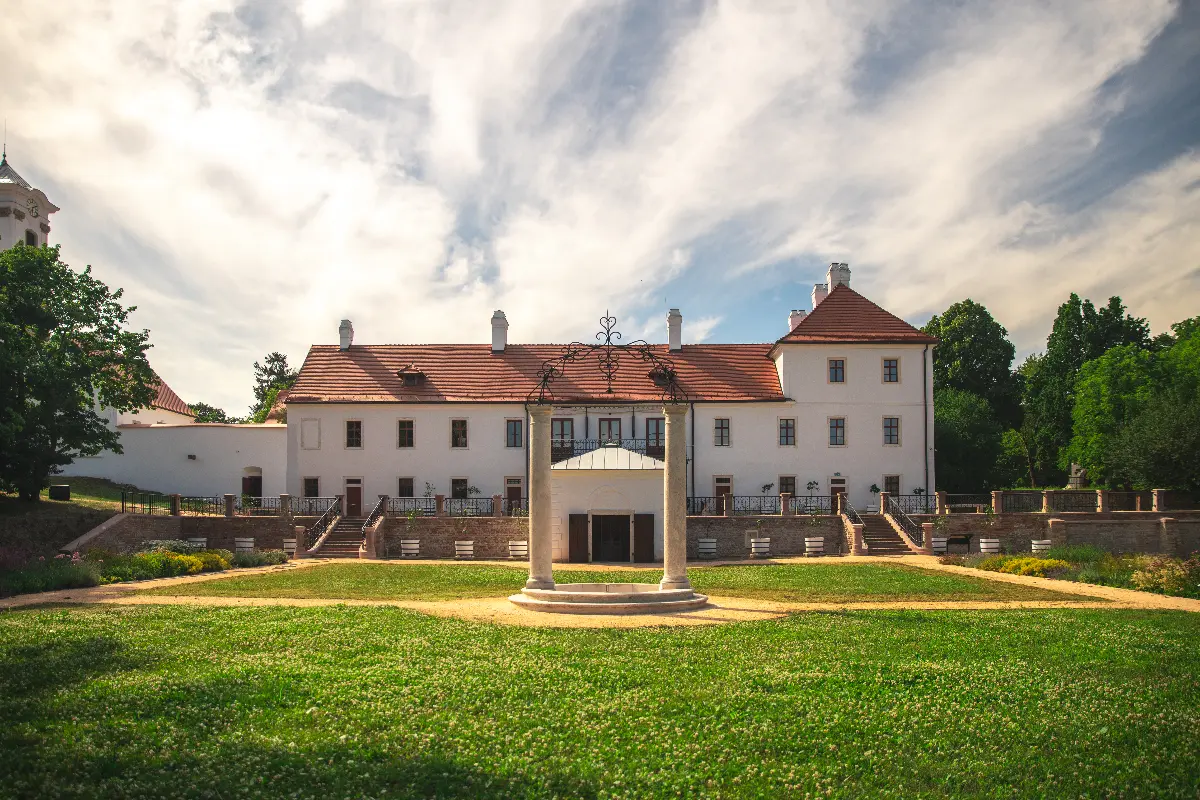
1. Camaldolese monks were strictly forbidden to eat meat, therefore one of their main food sources was the Lake of Majk under the Hermiage with a great population of fish that they could eat.
2. After the dissolution of the order and until the middle of the 1800s – even the Esterházy family leased the buildings to it for a while – a blanket factory worked in Majk that was very profitable: it produced linen and blankets for the continuous wars of the era.
3. According to legend, there was an underground corridor between Vitány Castle and the Camaldolese Hermitage, and friars often left the Hermitage to have fun. Although this is unlikely, it’s a fact that in the 1980s an underground corridor system was found when exploring a fountain that connected the cell houses and its exit was outside the walls of the hermitage.
4. The hairstyle of Camaldolese monks made them unmistakable: they shaved their hair on the top of their head, but they left it cut short around and on the back of their necks, and they also grew a long beard.
5. A member of the former owner, later on dispossessed family Margit Esterházy – writer Péter Esterházy’s grandmother – lived her life in cell number 13 until her death in 1975. The writer spent a lot of time with her in the summers, and recalls numerous memories of her in his book Celestial Harmonies. In 2014, a documentary was even made about her.
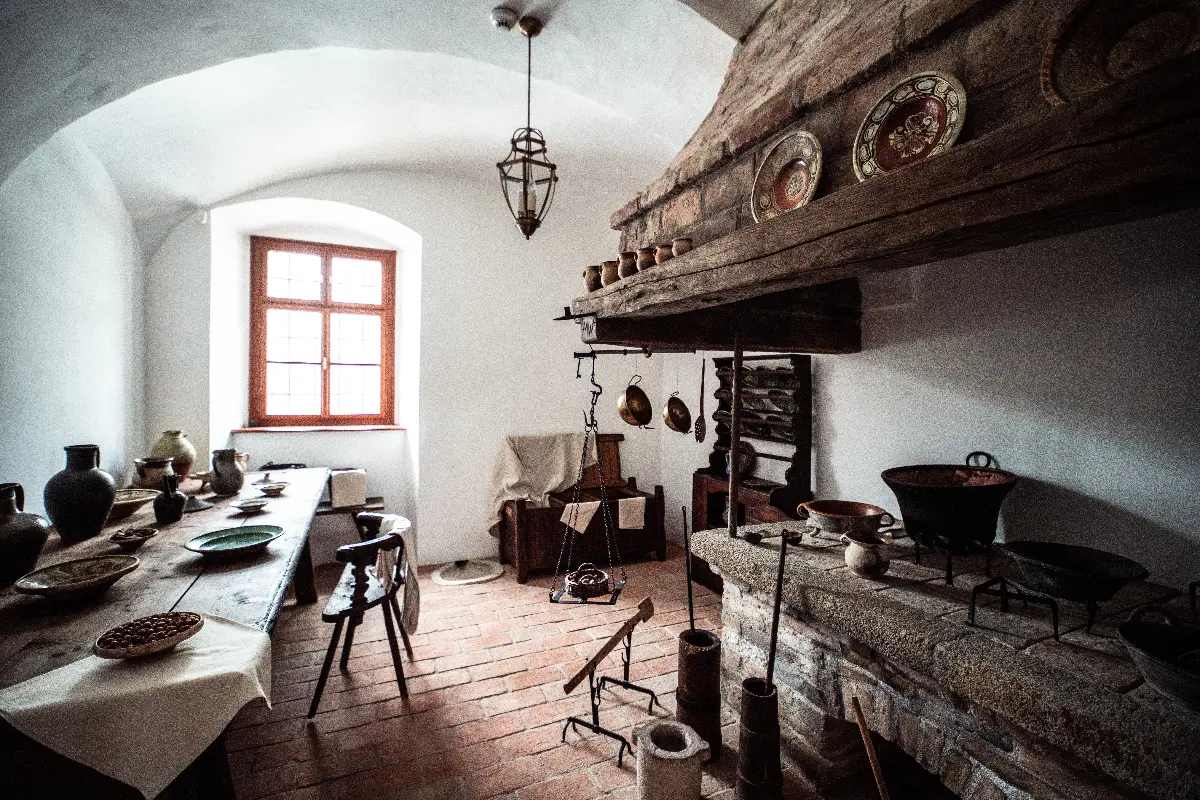
BONUS: There was another hermitage not far away from Majk, in Pusztazámor, the building of which is still standing in the cemetery. The venue, special in every respect, was built for a begging Franciscan friar in the middle of the 1700s, and next an Augustinian monk moved there, too. The monument that can be visited is a unique curiosity just like the Hermitage of Majk – don’t miss it, once you’re there!

